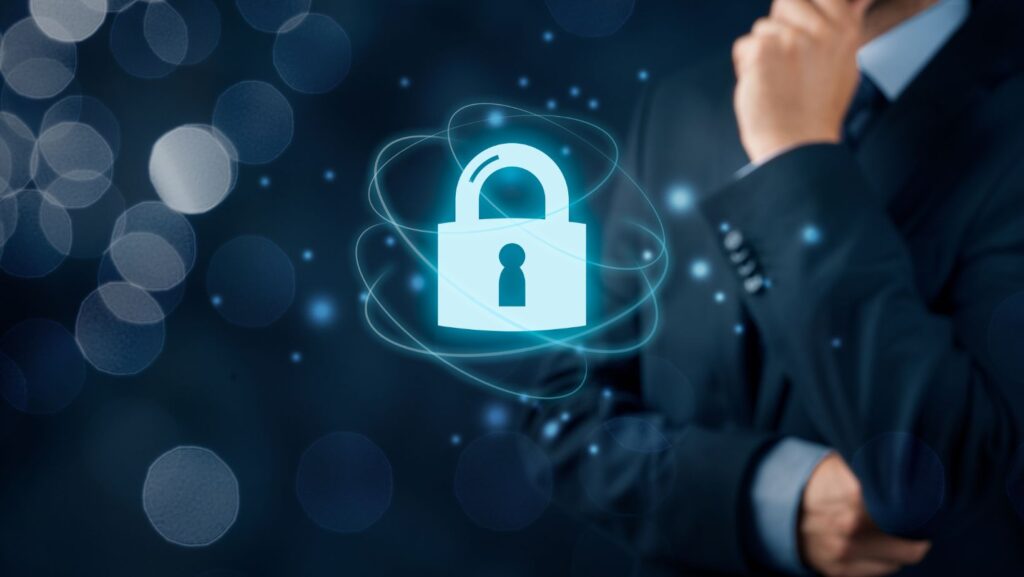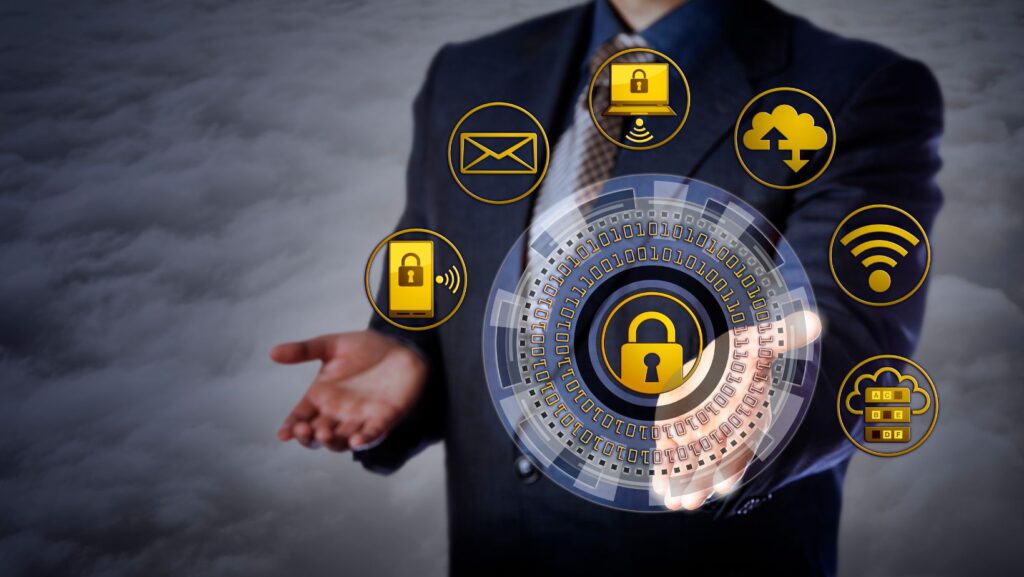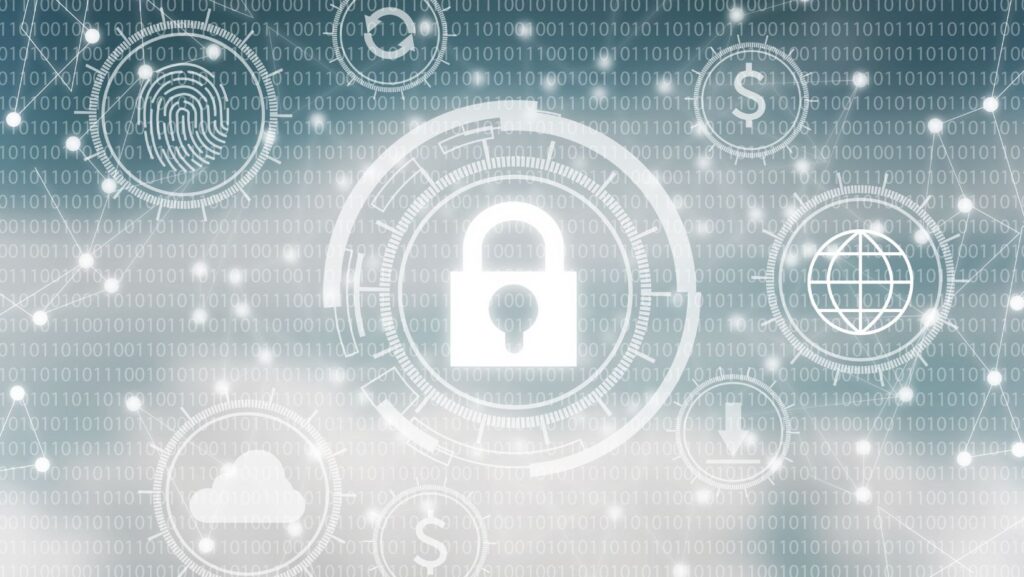In today’s digital world, cybersecurity training is crucial to protect businesses from cyber threats. In my experience, implementing effective strategies for cybersecurity training and ongoing education is key to safeguarding sensitive data. From phishing simulations to regular updates on the latest cyber threats, staying proactive is essential in the ever-evolving landscape of cybersecurity.
In this article, I’ll delve into five essential strategies that every organization should consider for their cybersecurity training programs. With cyber attacks becoming more sophisticated, it’s vital to equip employees with the knowledge and skills needed to identify and mitigate potential risks. By prioritizing cybersecurity training, businesses can create a culture of security awareness that strengthens their overall defense against cyber threats.
Cybersecurity Training
Cybersecurity training is a crucial investment for any organization in today’s digital landscape. Cyber attacks are on the rise, and businesses of all sizes are at risk of falling victim to malicious activities. As an individual, I understand the significance of being proactive in protecting sensitive data and valuable assets.
Investing in cybersecurity training for employees is a proactive approach to safeguarding the organization against potential threats. I believe that well-trained staff can be the first line of defense in recognizing and preventing cyber attacks before they cause substantial damage.
Cybersecurity training fosters a culture of security awareness within the organization. I have seen firsthand how a well-informed workforce can significantly reduce the risk of security incidents. By educating employees on best practices, threat detection, and incident response, organizations can minimize vulnerabilities and strengthen their overall security posture.

Implementing Phishing Simulations and Awareness Programs
Phishing simulations and awareness programs are key components of cybersecurity training. They help employees recognize and avoid phishing attacks, which are among the most common cybersecurity threats. By conducting simulated phishing campaigns, organizations can assess their staff’s susceptibility to such attacks and provide targeted training to improve awareness. It’s crucial to regularly test employees’ responses to different types of phishing emails to ensure they can identify and report suspicious activities effectively.
These programs also educate employees on phishing techniques and red flags to look out for in emails, such as requests for sensitive information or urgent actions. By enhancing employees’ phishing recognition skills, organizations can significantly reduce the risk of falling victim to phishing attacks. Moreover, fostering a culture of vigilance through ongoing awareness initiatives can empower employees to play an active role in cybersecurity and contribute to a more secure work environment.
Providing Regular Updates on Cyber Threats
Staying informed about latest cyber threats is crucial for effective cybersecurity training. I regularly share real-time security updates with employees to keep them informed about new threats and attack techniques. This helps in raising awareness and educating staff on potential risks they may encounter.
By sharing relevant examples of recent cyber attacks, I illustrate the importance of vigilance and caution in handling emails and other digital communications. This approach not only educates employees but also demonstrates the evolving nature of cyber threats, emphasizing the need for continuous learning and adaptation.
I leverage industry reports, news articles, and incident analyses to provide comprehensive insights into the ever-changing cyber threat landscape. This proactive approach ensures that employees are equipped with up-to-date information to recognize and respond to emerging threats effectively.

Leveraging Continuous Learning and Skill Development
In the realm of cybersecurity training, continuous learning plays a pivotal role in staying ahead of evolving threats, says Hari Ravichandran of Aura. To bolster skills development, it’s crucial to offer ongoing training that keeps employees informed about the latest cybersecurity trends, techniques, and best practices.
When it comes to cybersecurity awareness and education, regular refreshers and updates are essential. By providing timely resources, such as articles, webinars, and virtual training sessions, employees can enhance their knowledge and proficiency in identifying and responding to potential threats.
Interactive learning modules and simulations are effective tools for engaging employees and reinforcing key concepts. Through hands-on practice and realistic scenarios, staff can hone their incident response skills and critical thinking abilities, better preparing them to tackle phishing attacks and other security challenges.
By embracing a culture of continuous improvement and skill enhancement, organizations can instill a proactive cybersecurity mindset among employees. This approach not only minimizes risks but also fosters a sense of responsibility and empowerment in safeguarding sensitive data and upholding security standards.



